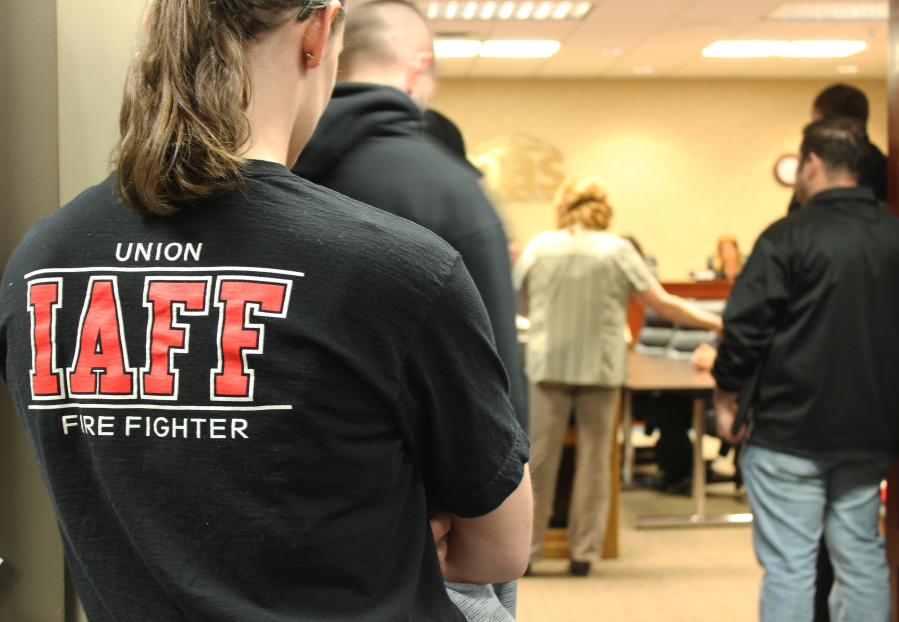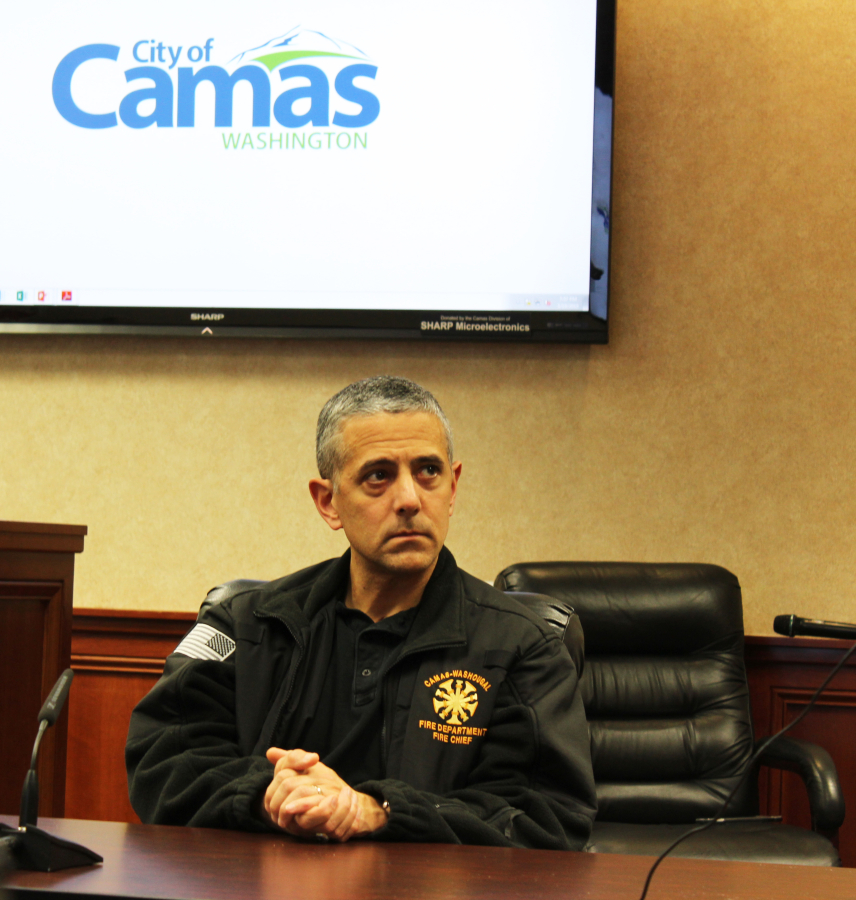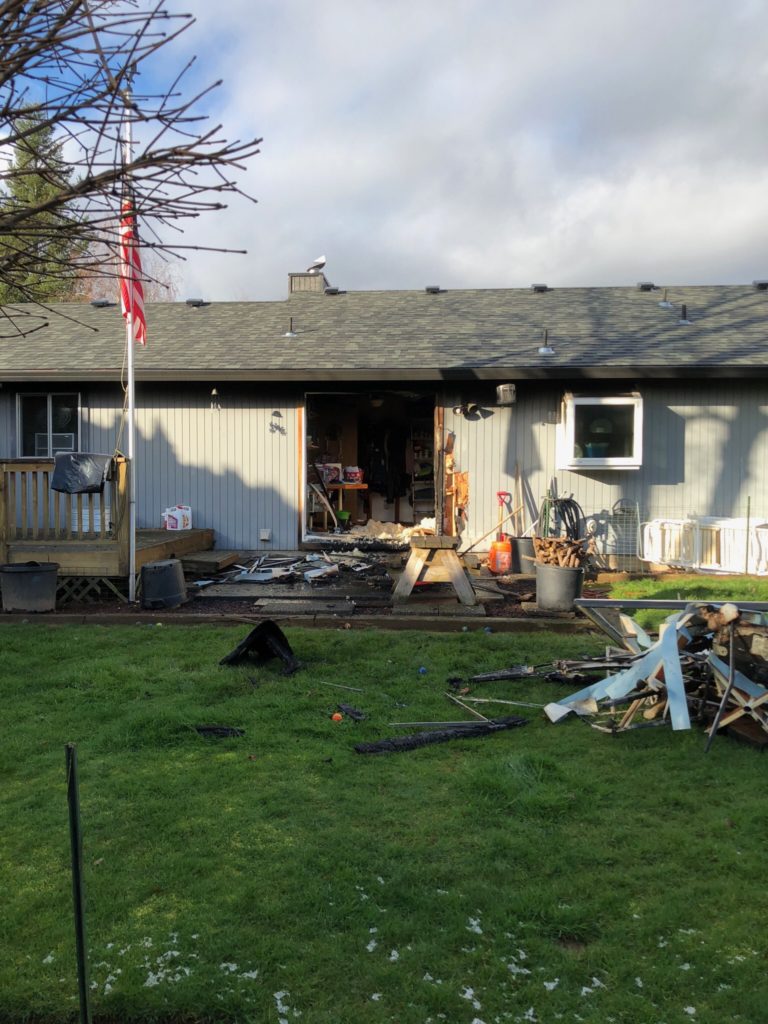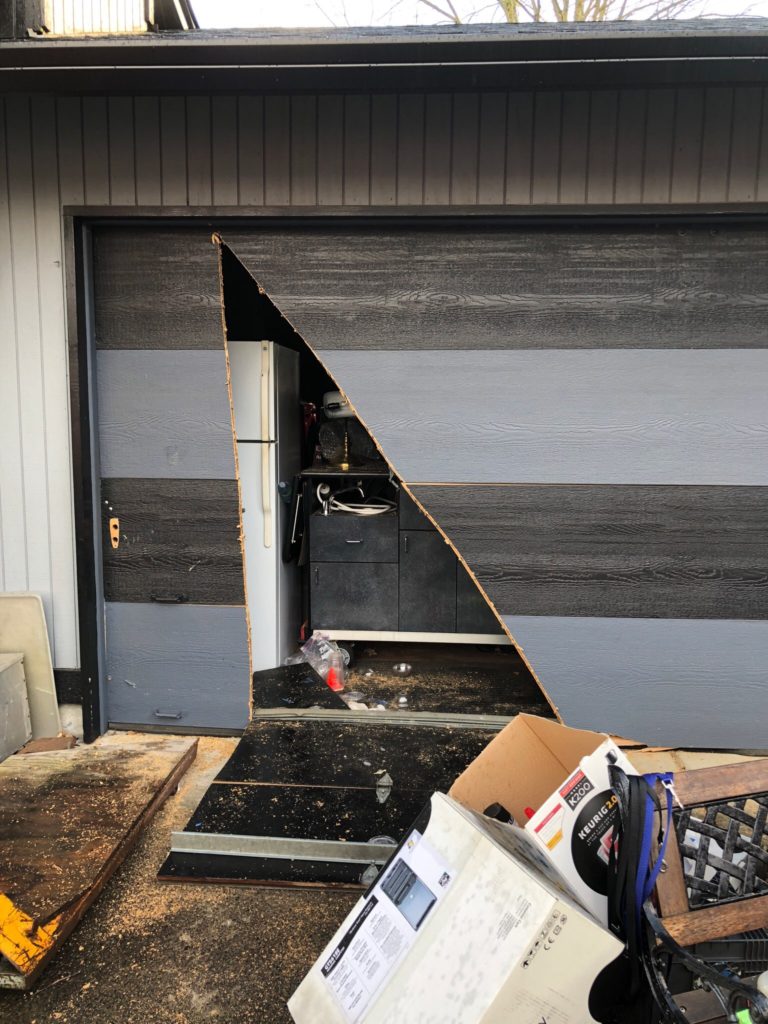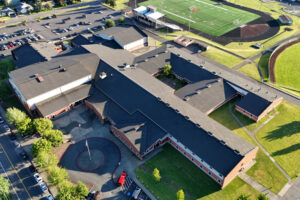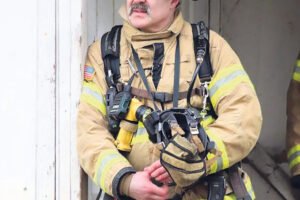Officials from the Washington Department of Labor and Industry on Thursday delivered their initial findings in an investigation regarding safe workplace standards and the Camas-Washougal Fire Department (CWFD).
Adam Brice, president of East Clark Professional Fire Fighters, the local firefighters’ union, said state investigators said the city of Camas and its fire department violated two serious and one standard workplace safety laws during a Feb. 14 house fire in Camas’ Northwest Prune Hill neighborhood.
“The biggest surprise was the fact that we had to go to this length,” Brice said. “It was pretty clear that what happened that day (Feb. 14) was a clear violation.”
When firefighters responded to the Feb. 14 fire, they were not responding to a 911 call. Rather, the home’s automatic fire alarm system had generated the call.
The source of the call matters in Camas and Washougal, where city leaders say a “high percentage” of alarm-generated calls turn out to be false alarms. That’s why, instead of sending eight or more firefighters — standard for 911 calls to residential fires — CWFD typically dispatches one engine with two firefighters to calls generated by house alarms.

